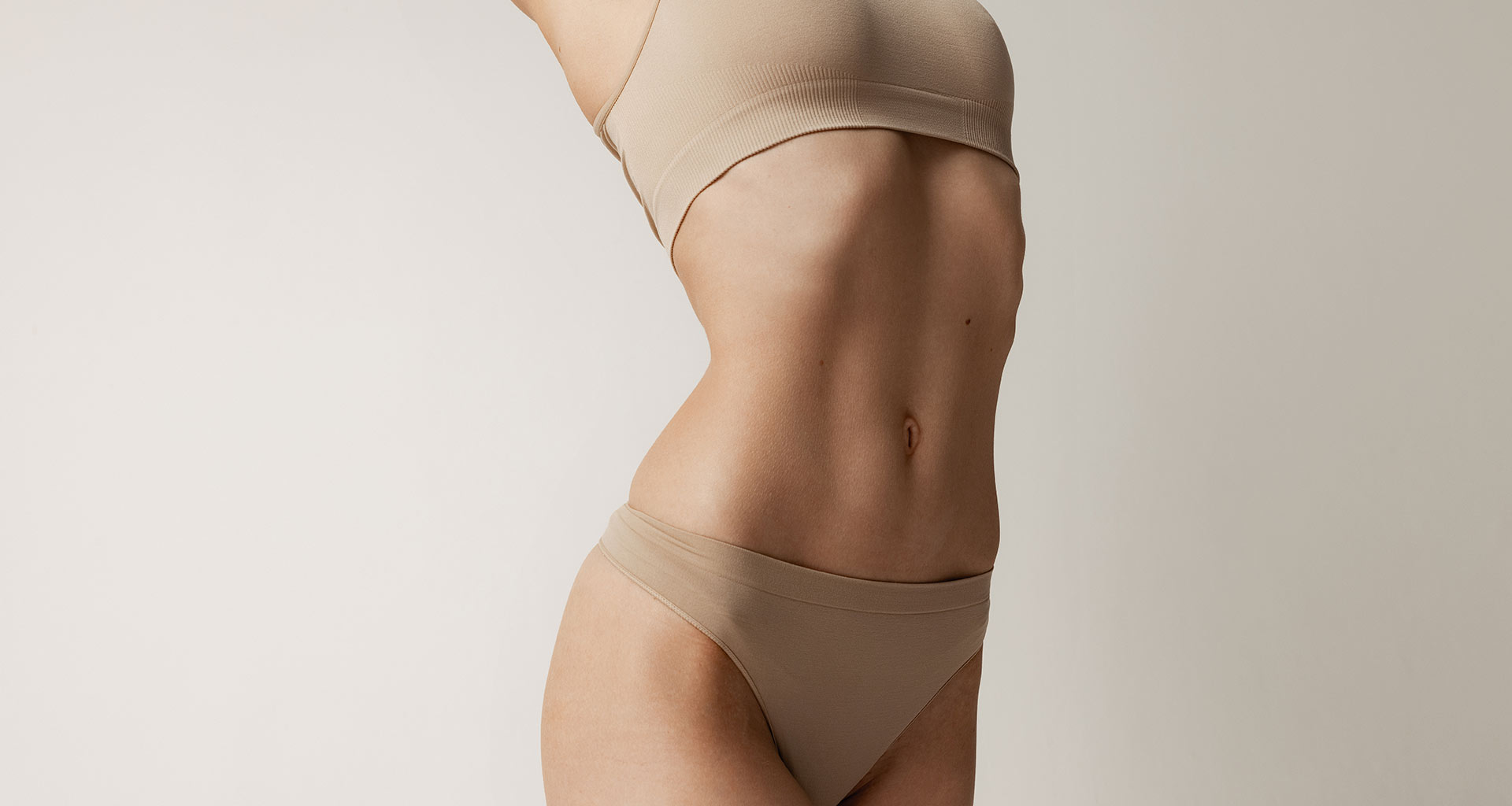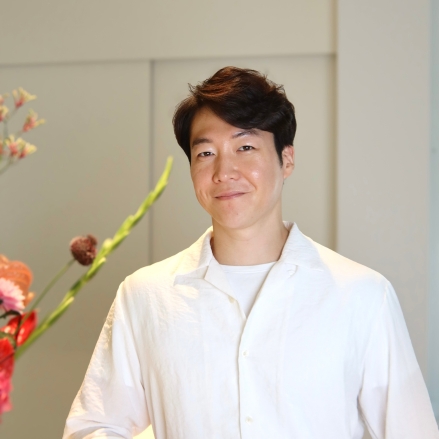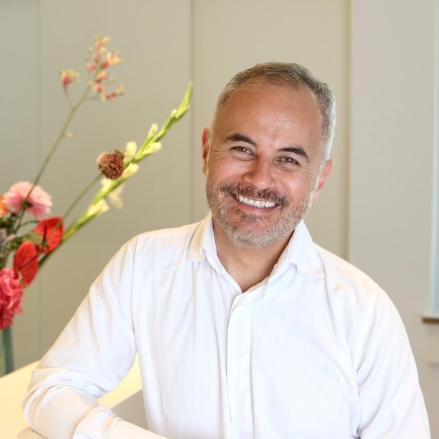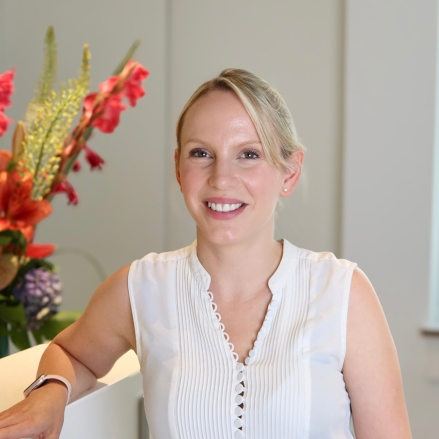Your team of experts
Facts on Liposuction
| Treatment methods | Reduces fat deposits – no weight loss involved! | /wp-content/uploads/2025/10/medical.svg |
| Treatment duration | 1,5-3 hours | /wp-content/uploads/2025/09/time-1.svg |
| Anaesthesia | Local anaesthetic and sedation without general anaesthetic | /wp-content/uploads/2025/09/syringe.svg |
| Aftercare | Bandage, compression, lymph drainage | /wp-content/uploads/2025/09/stethoscope-medical-tool.svg |
| Removal of sutures | Absorbable sutures or none | /wp-content/uploads/2025/10/medical.svg |
| Presentable | Depending on scope, 2–5 days | /wp-content/uploads/2025/09/meeting.svg |
| Costs | Depending on the area from 2,900 € plus anaesthetic, clinic and accommodation costs | /wp-content/uploads/2025/10/coin-stack.svg |
Liposuction
For many people, unpleasant fat deposits are far more than just an aesthetic issue. In fact, those extra few pounds take a heavy psychological toll: they impact on a person’s self-confidence and can cause them to seclude themselves. This issue affects men and women alike, though their typical problem areas lie in different locations. Women primarily suffer from fat deposits around their stomach, waist and thighs. For men, on the other hand, a chest that appears somewhat feminine can be hard to bear, as can unwanted ‘love handles’ around the waist.
If stubborn fat deposits simply won’t budge despite a person’s best efforts, liposuction can be an effective method for a person to achieve their desired figure. In an outpatient procedure, we remove excess body fat, correct problem areas and contour specific areas of the body in a gentle manner. Liposuction can be used to treat a variety of different areas, and often affords our patients an entirely new feeling of physical wellness. Here at Central Aesthetics, we provide personal advice on liposuction at a time that suits you. Don’t hesitate to get in touch to arrange a non-binding consultation appointment.
Frequently asked questions on Liposuction
What exactly is liposuction?
Liposuction, often known simply as ‘lipo’, is a surgical procedure in which stubborn fat deposits are carefully removed. To do so, the doctor inserts fine cannulas at specific points in the patient’s subcutaneous tissue. They then use special techniques to detach the excess fat tissue and remove it with an aspirator.
Liposuction is a suitable method to remove fat deposits from typical problem areas such as the abdomen, waist and thighs. What’s more, men can also undergo liposuction in order to achieve a taut, masculine torso. Further potential application areas include the upper arms, chest, ankles or a troublesome double-chin.
Liposuction can also be used to treat so-called pseudogynaecomastia, a condition in which the male breast area is enlarged by excess fat tissue. Pseudogynaecomastia is often a consequence of being overweight, and is extremely debilitating for those affected.
However, liposuction is not suitable as a method to lose weight. Instead, it serves as a supportive measure, as it removes small, stubborn deposits of fat and contours specific parts of the body in a targeted manner.
What different liposuction methods are there?
A variety of different suction techniques can be used in liposuction procedures. These primarily differ in terms of the method by which the fat tissue is detached. Common methods include, for instance, water-jet-assisted liposuction (in which a fine jet of water is directed at fat cells) and laser-assisted liposuction. The so-called ‘tumescent’ local anaesthesia allows liposuction to be carried out in a safe manner that is kind to body tissue without the need for general anaesthetic.
What happens before liposuction?
At Central Aesthetics, we always start by holding an in-depth consultation appointment with the patient. The doctor treating you will meet you to discuss the prospects of the treatment and how you can best achieve your desired results. They will then work together with you to define how to progress.
Liposuction is a relatively localised procedure with few complications for the patient; there is no specific preparation involved. However, before the surgery you should avoid alcohol, nicotine and any anticoagulant medicine if at all possible.
Liposuction is usually performed under local anaesthetic or in conjunction with twilight sedation. If you would prefer a general anaesthetic, or if this is necessary from a medical perspective, you’ll be given further information on this issue in the consultation meeting.
What does a liposuction procedure involve?
Liposuction takes around 2–3 hours; we usually perform it as an outpatient procedure or with an overnight stay in the case of larger procedures.
At the start of the procedure, the doctor maps out the areas to be treated on the skin. A local anaesthetic is then administered, along with a mild twilight sedative if necessary. The surgeon then begins to separate the fat tissue to be removed using special vibrating cannulas. In the next step, they use an aspirator to remove the excess fat cells. The final stage, if required, is a so-called fat transfer. In this part, the doctor separates a portion of the remaining fat cells and distributes them across the operation area to ensure an even structure without any bumpy pockets of skin. After the fat has been removed, the patient is fitted with a special bandage and compressive garments. These measures help to shape the patient’s final figure and achieve the best possible treatment results. Then, following a short recovery period, the patient is free to leave the practice.
What do I need to consider after liposuction?
It’s important to protect the treated areas for an initial period after liposuction. To achieve the best possible results, we recommend wearing the compressive clothing provided for around 4 weeks.
The treated areas will also be regularly checked by a doctor during the weeks following the procedure. You’ll be presentable again just a few days after liposuction, and can take up sporting activities again after about 2 weeks. It takes around 4–6 weeks for the treatment results to become visible. You should expect to see the final outcome after around a year.
What side effects can be expected following liposuction?
Following liposuction, patients may temporarily experience bruising and slight pains similar to muscle ache around the wound. However, these symptoms usually subside after a few days. We’d be happy to explain other potential side effects in detail in a consultation appointment.
How long do the results of liposuction last?
Liposuction removes stubborn fat deposits, achieving lasting results in doing so. Nevertheless, it is possible that new unwanted deposits may form again at a later point in time. The aspirator removes a specific number of fat cells from the treated area, and these cells do not grow again. However, all fat cells can continue to grow and store more fat. Therefore, in order to achieve the best possible treatment results, it’s important that liposuction is complemented by a balanced, nutritious diet and sufficient exercise.
What are the risks in liposuction?
Nowadays, liposuction is a routine procedure for a plastic-aesthetic surgeon, and is usually performed without any complications. However, slight wound pain, swelling and bruising can sometimes develop for a short time following the procedure.
At Central Aesthetics, we normally perform liposuction under local anaesthetic: doing so reduces the surgical risk by avoiding the risks of thrombosis, fat embolisms and general anaesthetic risks. To exclude the risk of further complications, the doctor treating you will ask about any pre-existing conditions or known intolerances before the procedure.
Are there any visible scars after liposuction?
A fine scar tissue may develop at the puncture sites following liposuction. However, a special ointment can help to minimise such scarring.
How much does liposuction cost?
The costs of liposuction depend entirely on the scope of treatment. Depending on the part of the body treated, the costs of treatment are usually around €2,600 plus anaesthetic, clinic and accommodation costs.
Start your journey with us here
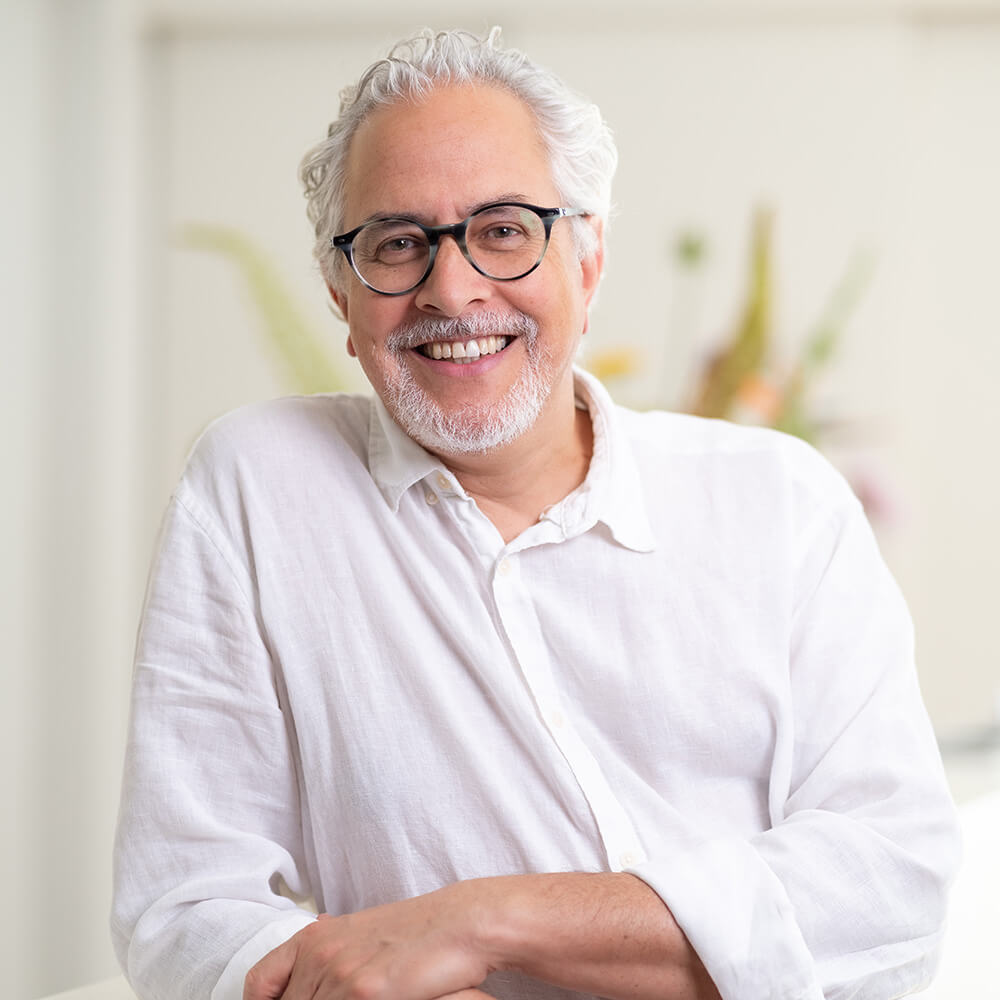
Reviewed by Dr. Robin Deb
Dr. Deb is a specialist in plastic and aesthetic surgery and founder of Central Aesthetics. Thanks to his many years of expertise, the specialist has extensive medical knowledge. The information presented on this page has been personally reviewed by Dr. Deb and is based on the highest medical standards in plastic and aesthetic surgery.
Pay for treatment in installments?
Central Aesthetics
by Dr. Deb
Opening hours
| Monday | 9:00 a.m. – 6:00 p.m. |
| Tuesday | 9:00 a.m. – 6:00 p.m. |
| Wednesday | 9:00 a.m. – 6:00 p.m. |
| Thursday | 9:00 a.m. – 6:00 p.m. |
| Friday | 9:00 a.m. – 6:00 p.m. |
and by appointment
You are currently viewing a placeholder content from Default. To access the actual content, click the button below. Please note that doing so will share data with third-party providers.
